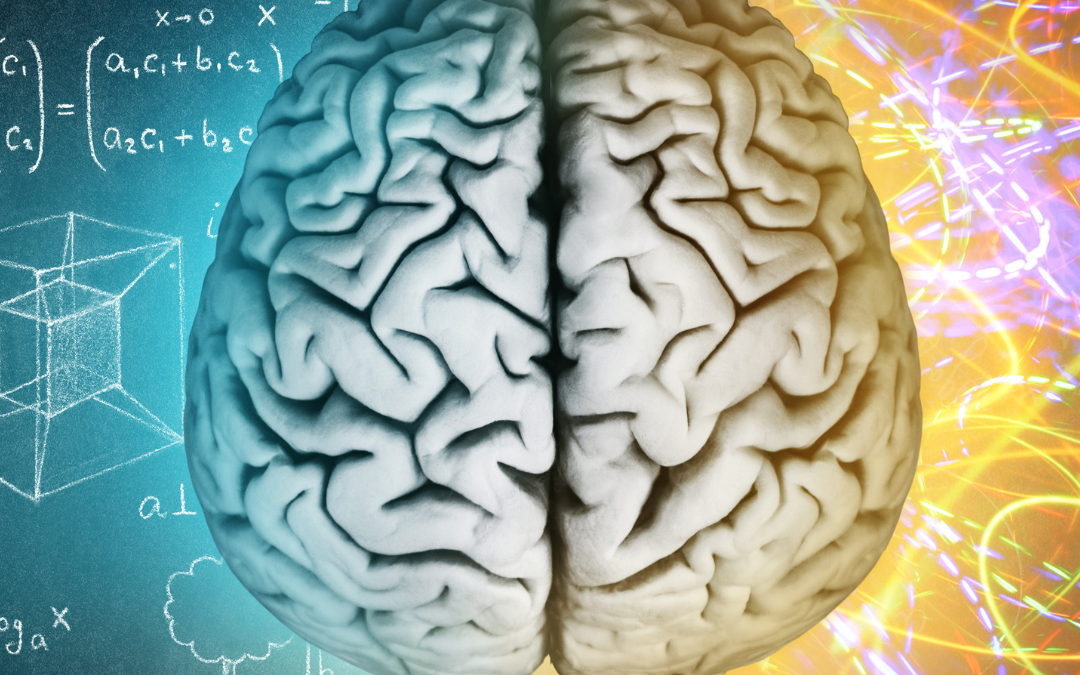George Haymaker
For most of my adult life, I was a high-functioning entrepreneur. I built and ran several companies across three decades. On the outside, I looked successful. On the inside, I was battling something I didn’t fully understand — a constant undercurrent of anxiety, self-doubt, and mental patterns that left me feeling emotionally exhausted and disconnected.
Like many professionals, I had gotten good at pushing through. But behind the scenes, I had developed a dangerous relationship with alcohol and painkillers — a way of self-medicating the stress, pressure, and unresolved patterns from earlier in life. I grew up in a privileged yet psychologically unstable environment, and by the time I reached college, I was already using substances to cope. What began as an attempt to manage discomfort slowly evolved into full-blown addiction.
At 52, I hit a wall — physically, emotionally, and spiritually. I reached a point where continuing the path I was on meant losing everything, including possibly my life. I entered treatment and began the long, messy, deeply human process of recovery.
But here’s where my story takes a turn.
Like many in recovery, I became curious. How did I end up here? Why did my brain seem wired to repeat patterns I didn’t want? And most importantly — was real, lasting change even possible?
My curiosity led me beyond psychology and into neuroscience. What I discovered completely shifted how I saw myself, my past, and my potential. I learned that the brain is not fixed. It is adaptive. Changeable. Trainable. Every thought, emotion, behavior, and decision leaves a mark — wiring and rewiring the neural pathways that shape our identity and experience of life.
This wasn’t self-help fluff. This was science. And it explained why I had struggled for so long — not because I was broken, but because my brain had been reinforcing patterns rooted in early experience, unmet psychological needs, and faulty coping strategies. The good news? Those patterns weren’t permanent.
As I rewired my own brain — learning how to calm my nervous system, build emotional regulation, develop a healthier identity, and create new reward pathways — my life began to change in profound ways. Not overnight, but with consistent effort, support, and brain-based tools, I built something I never had before: mental freedom.
Today, I help other professionals do the same.
The truth is, most people — even those who are wildly successful — have never been taught how their brain actually works.
They don’t understand why they feel stuck, anxious, reactive, or drained. They don’t realize that productivity, clarity, confidence, and emotional control all rely on mental resources that can be strengthened, managed, and expanded. They know they want to feel better, perform better, and live more intentionally — but they’re trying to solve neurological problems without a neurological strategy.
That’s where my work comes in.
I now teach high-achieving professionals how to take control of their brain performance and mental lives by understanding their brains — not in theory, but in real-world, practical ways that improve how they think, feel, and lead their lives. Through neuroscience-based coaching and education, I help them:
• Reclaim cognitive energy and clarity
• Deconstruct unhelpful mental and emotional patterns
• Expand their capacity for leadership, connection, and fulfillment
• Align their brains with their goals, identity, and values
This isn’t therapy. It’s not life coaching. It’s brain performance work. And it’s the most transformative and life-changing thing I’ve ever seen and experienced.
Because when you understand your brain — how it creates your thoughts, emotions, behaviors, and identity — you stop feeling like a passenger. You become the architect. You realize that success, well-being, and purpose don’t have to come at the cost of your health, your relationships, or your sanity. They can be designed — from the inside out.
And when you change the way your brain works, you don’t just change your life. You change how you show up in every part of it.

